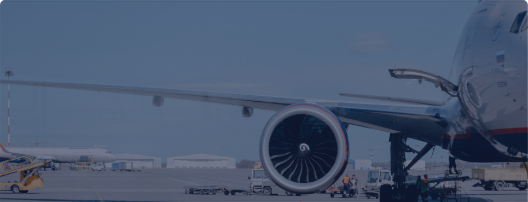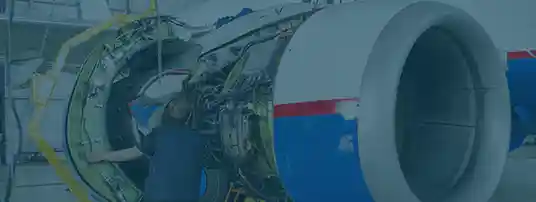Posted on April 22, 2021 linda strong aviation
A transponder is a wireless communications, monitoring, or control device that picks up and automatically responds to an incoming signal. The term is a contraction of the words transmitter and responder. An aviation transponder has multiple interrogation modes, or formats of pulsed sequences from an interrogating Secondary Surveillance (SSR) or similar system. Multiple modes exist, such as modes 1-5 for military use, and modes A-D for civilian use. In this blog, we will discuss everything you need to know about mode C transponders.
Mode C transponders provide the aircraft's pressure altitude and are usually combined with Mode A to provide a combination of a 4-digit code and altitude as Mode A/C, often referred to as Mode A and C. Mode C transponders are required for all aircraft in Class A, B, and C airspace. They are also required for all aircraft in all airspace within thirty nautical miles of an airport. Despite the thirty nautical mile rule, any aircraft that was not initially certified with an engine-driven electrical system, or that has not since been certified with one, may conduct operations within the thirty mile radius. This also applies to balloons and gliders. Mode C transponders are required for all aircraft in airspace of the 48 continental United States as well as the District of Columbia at or above 10,000 feet mean sea level, excluding the aircraft at or below 2,500 feet above the surface.
As stated, transponders emit four-digit codes in response to a secondary surveillance radar to assist air traffic controllers with traffic separation. These codes are commonly known as squawk codes and are assigned to identify an aircraft. The most common squawk codes for Mode C transponders are 1200 & 1202 (Visual Flight Rules), 1255 (Gliders), 1277 (Firefighting Aircraft), 7700 (Search and Rescue), 7777 (Hijack), and 0000 (Military Interceptors and Military Operations).
Transponders must be operated at all times in all controlled airspace, unless otherwise authorized or directed by Air Traffic Control (ATC). Transponders should be turned on prior to any movement on the airport surface. Aircraft with inoperative transponders can be flown to the airport of ultimate destination, including any stops, or to a site where suitable repairs can be made. However, requests to do so must be cleared with ATC. If an aircraft not equipped with a transponder wishes to operate, requests to do so must be made at least one hour before operation.
Mode C transponders are independent of the barometric altimeter. Instead, the transponder gets its information from one of two sources: an encoding altimeter, which transmits a pressure altitude reading, or a blind altitude encoder. The blind encoder, the more common source, is an altimeter without needles or an adjustment knob permanently set to 29.92 (pressure altitude). Regardless of which configuration is used, the altimeter setting will not affect the altitude sent by the transponder. The computers at ATC will automatically apply the current altimeter setting to the pressure altitude they receive and convert it to mean sea level. The transponder has an integral role of air traffic monitoring, and is a critical device for any aircraft.
For Mode C transponders and much more, look no further than Aviation Sourcing Solutions. Owned and operated by ASAP Semiconductor, we can help you find all types of parts for the aerospace, civil aviation, defense, electronics, industrial, and IT hardware markets. Our account managers are always available and ready to help you find all the parts and equipment you need, 24/7-365. For a quick and competitive quote, email us at sales@aviationsourcingsolutions.com or call us at 1-714-705-4780. Let us show you why we consider ourselves the future of purchasing.

 The only independent
The only independent



“We Proudly Support Intrepid Fallen Heroes Fund that serves United States Military Personal experiencing the Invisible Wounds of War : Traumatic Brain Injury (TBI) and Post Traumatic Stress (PTS). Please visit website (www.fallenheroesfund.org) and help in their valiant effort”.
We Hope that You Will Visit Us Again the Next Time You Need Aircraft Parts and Make Us Your Strategic Purchasing Partner.
Request for Quote